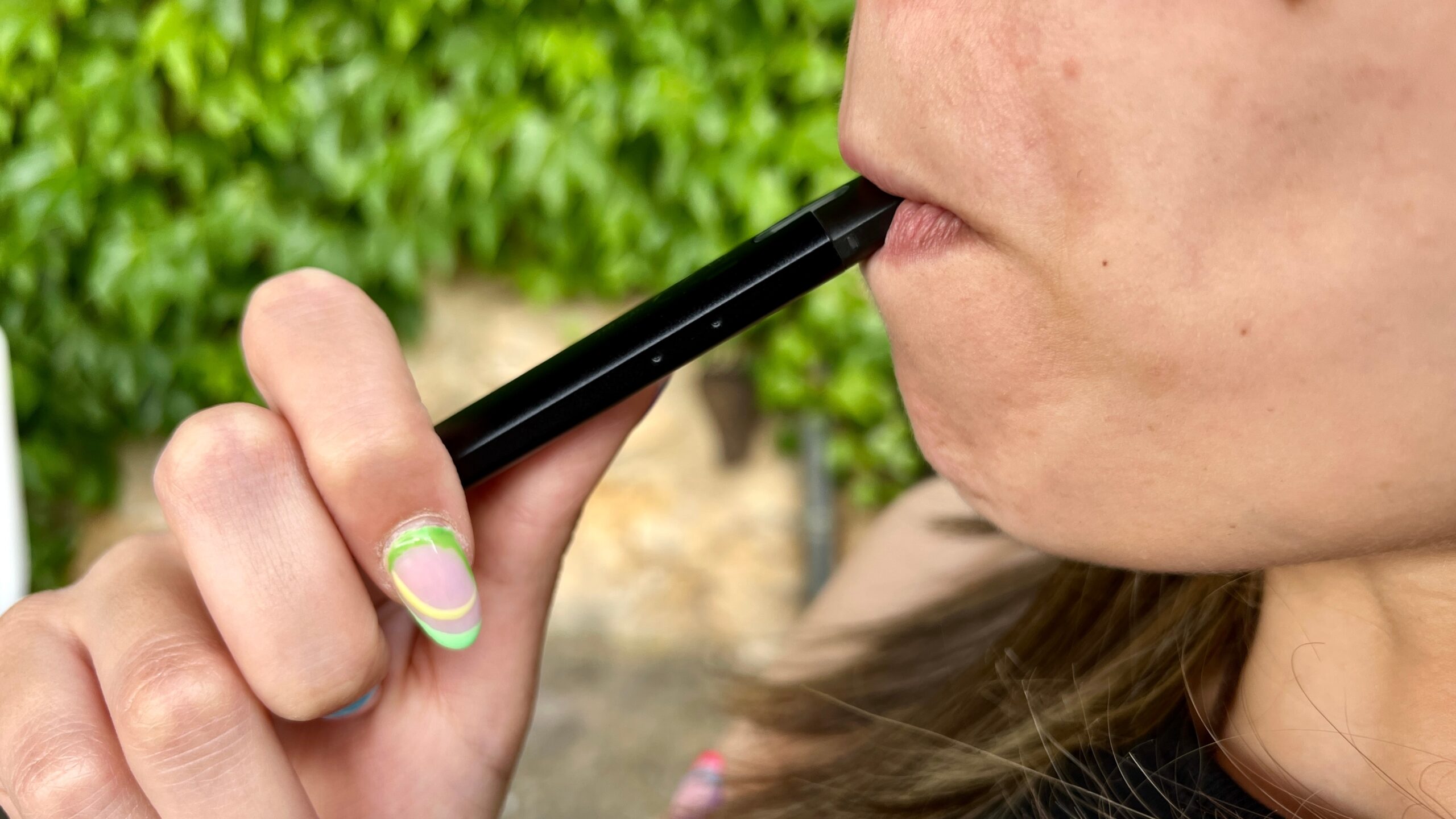Table of Contents

FDA's youth tobacco prevention efforts have prevented nearly half a million teens from starting e-cigarette use in just one year, yet regulators face ongoing challenges in protecting adolescent health.
At a Glance
- The FDA's "The Real Cost" campaign prevented an estimated 444,252 youth from starting e-cigarette use between 2023-2024
- Youth e-cigarette use has declined by nearly 70% since 2019, reaching its lowest level in a decade
- Despite progress, about 2.25 million youth still reported using tobacco products in 2024
- The FDA conducts enforcement through inspections, retailer accountability, and public complaint investigations
- Nicotine addiction poses significant risks during adolescence due to ongoing brain development
A Dramatic Decline in Youth Vaping
The U.S. Food and Drug Administration has achieved remarkable success in reducing youth e-cigarette use through its comprehensive prevention efforts. According to recent FDA data, "The Real Cost" campaign alone prevented an estimated 444,252 American youth from initiating e-cigarette use between 2023 and 2024. This public health victory represents part of a larger trend that has seen youth e-cigarette use plummet by nearly 70% since 2019, with the number of middle and high school users dropping from 5.38 million to 1.63 million during this period — the lowest level recorded in a decade.
https://www.youtube.com/watch?v=3MNIBwRJY7o
The campaign's effectiveness extends beyond its immediate health impact to demonstrate impressive economic benefits. Previous evaluations have shown that "The Real Cost" prevented up to 587,000 youth from starting traditional cigarette smoking, saving approximately $180 for every dollar invested in the program. These prevention efforts are funded by tobacco user fees rather than taxpayer dollars, creating a sustainable model for protecting adolescent health while holding the industry accountable.
Persistent Challenges Despite Progress
Despite these encouraging trends, youth tobacco use remains a significant public health concern. Approximately 2.25 million youth reported using tobacco products in 2024, with e-cigarettes being the most common product at 1.63 million users. The FDA emphasizes that no tobacco product is safe, with nicotine addiction presenting unique dangers to adolescents whose brains are still developing. Modern vaping devices can deliver nicotine more efficiently than traditional cigarettes, with some products containing as much nicotine as an entire pack of cigarettes.
"Adolescence is a critical period for prevention efforts because most adults who use tobacco products begin using them in their teenage years," said Brian King, Ph.D., M.P.H., director of the FDA's Center for Tobacco Products. "Youth tobacco prevention campaigns not only work, but they are also a cost-effective approach to protecting young people from a lifetime of nicotine addiction."
The regulatory landscape has expanded to include all tobacco products, including those containing synthetic nicotine. Federal law prohibits selling these products to anyone under 21, but enforcement remains an ongoing challenge requiring vigilance from both regulators and communities. The FDA's monitoring system relies not only on official inspections but also on public reporting of violations such as underage sales, unauthorized products, and flavored tobacco sales that may appeal to youth.
The FDA's Comprehensive Enforcement Strategy
The FDA's Youth Tobacco Prevention Plan operates as part of a broader Comprehensive Plan for Tobacco and Nicotine Regulation. This multi-faceted approach focuses on preventing youth access to tobacco products, curbing marketing that targets adolescents, and educating both teens and retailers about the dangers of tobacco use. The agency has conducted over one million retail inspections to date and pursues No Tobacco Sales Orders for locations repeatedly selling to minors.
"As part of our work to Make America Healthy Again, we must ensure that children have a healthy start in life," said Acting FDA Commissioner Sara Brenner, M.D., M.P.H. "This includes taking evidence-based actions to prevent youth tobacco product use." https://www.fda.gov/news-events/press-announcements/fda-educational-efforts-prevented-nearly-450000-youth-starting-e-cigarette-use-one-year
Enforcement actions have targeted not only retailers but also manufacturers, with the FDA taking action against over 1,300 retailers and five major manufacturers for facilitating youth access to e-cigarettes. The agency prioritizes enforcement against products with particular youth appeal and requires manufacturers to provide critical information about their products and marketing practices. These regulatory efforts complement educational initiatives like "The Real Cost" campaign and retailer education programs designed to improve compliance with age restrictions.
Building on Success While Addressing New Challenges
The FDA's success in reducing youth tobacco use demonstrates the effectiveness of targeted public health interventions when backed by robust regulatory enforcement. As the agency continues its mission to protect adolescent health, it faces the challenge of adapting to an evolving marketplace where new products and marketing techniques continually emerge. By maintaining strong enforcement, expanding educational efforts, and engaging with communities, the FDA aims to build on its recent progress while addressing the persistent health risks that tobacco products pose to America's youth.
Sources:
https://www.fda.gov/consumers/consumer-updates/help-fda-prevent-sale-tobacco-products-young-people
https://www.fda.gov/tobacco-products/youth-and-tobacco/fdas-youth-tobacco-prevention-plan
https://time.com/7061050/cancer-risk-proactive-clearasil-acne/
AD
Most Recent
AD
